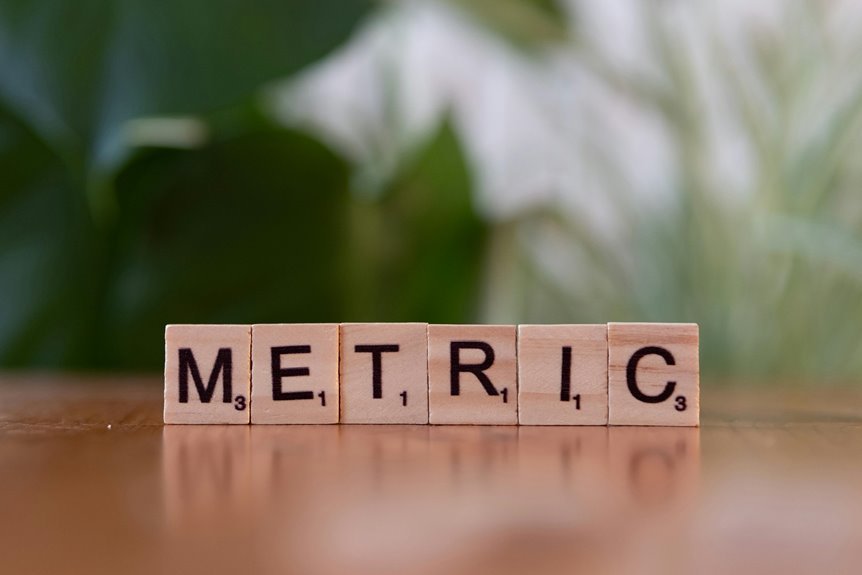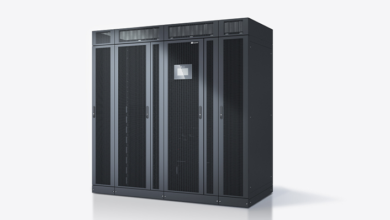
50 Celsius to Fahrenheit: Converting 50°C to Fahrenheit
The conversion of 50 degrees Celsius to Fahrenheit is a common task in various fields. Understanding this transformation requires familiarity with both temperature scales. The established formula simplifies the process, ensuring accurate results. This conversion is particularly relevant in contexts such as culinary practices and scientific measurements. However, the implications of temperature differences extend beyond mere numbers, prompting further exploration into their significance in daily life and global communication.
Understanding the Celsius and Fahrenheit Scales
The Celsius and Fahrenheit scales represent two distinct systems for measuring temperature, each with its own historical and practical significance.
The Celsius scale, developed by Anders Celsius in the 18th century, is based on the freezing and boiling points of water.
In contrast, the Fahrenheit scale, introduced by Daniel Gabriel Fahrenheit, reflects a different historical context, emphasizing varied applications in temperature measurement across cultures.
The Formula for Conversion
Understanding the differences between the Celsius and Fahrenheit scales lays the groundwork for effective temperature conversion.
The formula for conversion employs a straightforward calculation: multiply the Celsius temperature by 1.8 and then add 32.
This technique illustrates the relationship between the two temperature scales, enabling accurate conversions and enhancing comprehension of how temperature influences various contexts and experiences in everyday life.
Converting 50 Degrees Celsius to Fahrenheit
Converting 50 degrees Celsius to Fahrenheit requires applying the established formula for temperature conversion.
Utilizing the conversion method, the calculation involves multiplying the Celsius temperature by 1.8 and then adding 32. This results in 122 degrees Fahrenheit.
Understanding these temperature scales enhances comprehension of thermal measurements and facilitates effective communication across different regions, catering to an audience that values clarity in numerical representation.
Practical Applications of Temperature Conversion
While temperature conversion may seem like a simple mathematical exercise, its practical applications extend across various fields, impacting daily life, scientific research, and industrial processes.
In everyday scenarios, individuals often require conversions for cooking recipes, ensuring precise ingredient preparation.
Moreover, industries utilize accurate temperature measurements to maintain product quality and safety, emphasizing the importance of understanding both Celsius and Fahrenheit in diverse contexts.
Conclusion
In conclusion, converting 50 degrees Celsius to Fahrenheit exemplifies the importance of temperature measurement across different scales. Just as a bridge connects two shores, this conversion facilitates communication and understanding in diverse fields, from culinary arts to scientific research. The straightforward process, involving multiplication and addition, ensures accurate interpretation of temperature values. Thus, mastering such conversions not only enhances practical knowledge but also fosters a greater appreciation for the nuances of global temperature measurements.




